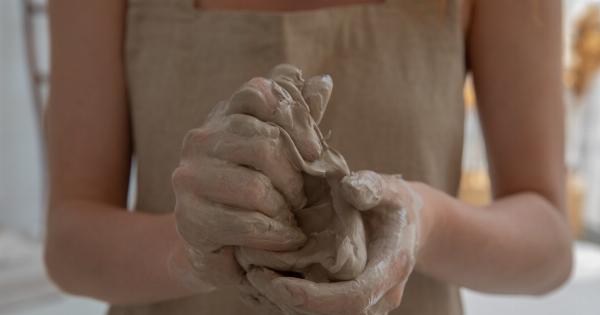Acetone is a versatile solvent known for its ability to dissolve substances such as paint, varnish, and glue. It is commonly used in nail polish removers, industrial processes, and cleaning agents.
While acetone is easily purchasable from stores, you can also create your own acetone at home with a simple 30-minute process. In this article, we will guide you through the steps to make your own acetone and provide some safety tips to ensure a successful outcome.
Materials Needed
Before starting the process, gather the following materials:.
- Acetone precursors:
- Acidic acid (vinegar)
- Isopropyl alcohol
- Heat source:
- Bunsen burner
- Stove
- Hot plate
- Glass container or distillation apparatus
- Thermometer
- Cooling apparatus (such as a condenser or reflux system)
- Safety equipment:
- Laboratory gloves
- Safety goggles
- Lab coat or long-sleeved clothing
- Well-ventilated area or fume hood
- Fire extinguisher
Safety Precautions
Before proceeding with the acetone creation process, it is vital to follow these safety precautions:.
- Work in a well-ventilated area or under a fume hood to prevent inhalation of harmful vapors.
- Wear laboratory gloves, safety goggles, and a lab coat or long-sleeved clothing to protect your skin and eyes.
- Keep a fire extinguisher nearby in case of accidental fires.
- Avoid direct contact with acetone, as it can irritate the skin and eyes.
- Handle all chemicals carefully and follow proper disposal procedures for any waste generated during the process.
Step-by-Step Process
Now that you have gathered all the necessary materials and taken the safety precautions, follow these steps to create your own acetone:.
Step 1: Set up the apparatus
Choose a glass container or set up a distillation apparatus. Ensure that the apparatus is clean and free from any residues to prevent contamination.
Step 2: Combine the precursors
Mix equal amounts of acidic acid (vinegar) and isopropyl alcohol in the glass container or distillation apparatus. The acidic acid acts as a catalyst for the reaction, promoting the conversion of isopropyl alcohol to acetone.
Step 3: Apply heat
Place the glass container or distillation apparatus on a heat source, such as a Bunsen burner, stove, or hot plate. Gradually increase the temperature to initiate the reaction.
Step 4: Monitor the temperature
Attach a thermometer to the glass container or distillation apparatus to monitor the temperature. The reaction generally occurs between 350°C and 500°C (662°F to 932°F), so ensure that the temperature remains within this range throughout the process.
Step 5: Collect the distillate
As the reaction proceeds, acetone vapor will form and rise. The vapor can be collected using a cooling apparatus, such as a condenser or reflux system, which allows the vapor to condense and form a liquid. Collect the liquid distillate as it accumulates.
Step 6: Repeat the process (optional)
If the acetone yield from the first distillation is not sufficient, you can repeat the process by using the collected distillate as the precursor for the next batch. This repetition can increase the overall yield of acetone.
Step 7: Store and use
Once the desired amount of acetone has been obtained, store it in an airtight container away from direct sunlight and extreme temperatures. Use the homemade acetone as desired, keeping in mind its properties as a powerful solvent.
Conclusion
Creating your own acetone can be a rewarding and cost-effective process that allows you to have this useful solvent readily available.
By following the step-by-step process outlined in this article, using readily available materials, and taking the necessary safety precautions, you can successfully produce acetone in just 30 minutes. Remember, always handle acetone with care and store it properly to ensure its longevity and effectiveness.






























